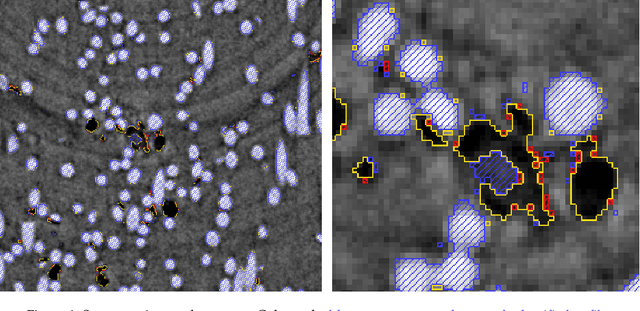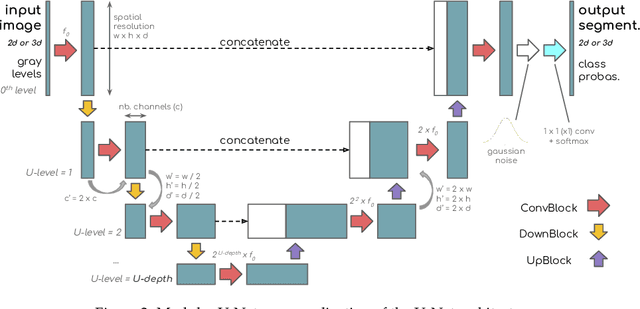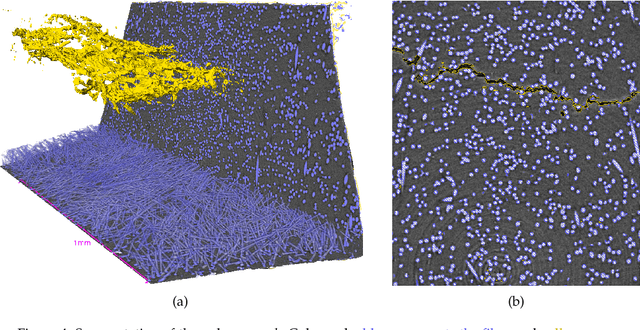João P C Bertoldo
Gaussian Image Anomaly Detection with Greedy Eigencomponent Selection
Aug 09, 2023



Abstract:Anomaly detection (AD) in images, identifying significant deviations from normality, is a critical issue in computer vision. This paper introduces a novel approach to dimensionality reduction for AD using pre-trained convolutional neural network (CNN) that incorporate EfficientNet models. We investigate the importance of component selection and propose two types of tree search approaches, both employing a greedy strategy, for optimal eigencomponent selection. Our study conducts three main experiments to evaluate the effectiveness of our approach. The first experiment explores the influence of test set performance on component choice, the second experiment examines the performance when we train on one anomaly type and evaluate on all other types, and the third experiment investigates the impact of using a minimum number of images for training and selecting them based on anomaly types. Our approach aims to find the optimal subset of components that deliver the highest performance score, instead of focusing solely on the proportion of variance explained by each component and also understand the components behaviour in different settings. Our results indicate that the proposed method surpasses both Principal Component Analysis (PCA) and Negated Principal Component Analysis (NPCA) in terms of detection accuracy, even when using fewer components. Thus, our approach provides a promising alternative to conventional dimensionality reduction techniques in AD, and holds potential to enhance the efficiency and effectiveness of AD systems.
A modular U-Net for automated segmentation of X-ray tomography images in composite materials
Jul 15, 2021



Abstract:X-ray Computed Tomography (XCT) techniques have evolved to a point that high-resolution data can be acquired so fast that classic segmentation methods are prohibitively cumbersome, demanding automated data pipelines capable of dealing with non-trivial 3D images. Deep learning has demonstrated success in many image processing tasks, including material science applications, showing a promising alternative for a humanfree segmentation pipeline. In this paper a modular interpretation of UNet (Modular U-Net) is proposed and trained to segment 3D tomography images of a three-phased glass fiber-reinforced Polyamide 66. We compare 2D and 3D versions of our model, finding that the former is slightly better than the latter. We observe that human-comparable results can be achievied even with only 10 annotated layers and using a shallow U-Net yields better results than a deeper one. As a consequence, Neural Network (NN) show indeed a promising venue to automate XCT data processing pipelines needing no human, adhoc intervention.
 Add to Chrome
Add to Chrome Add to Firefox
Add to Firefox Add to Edge
Add to Edge